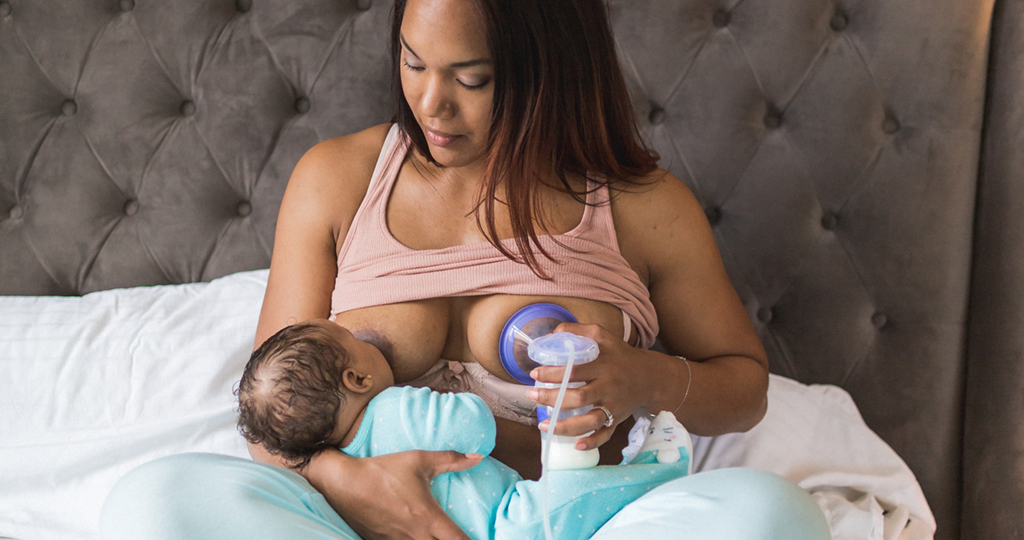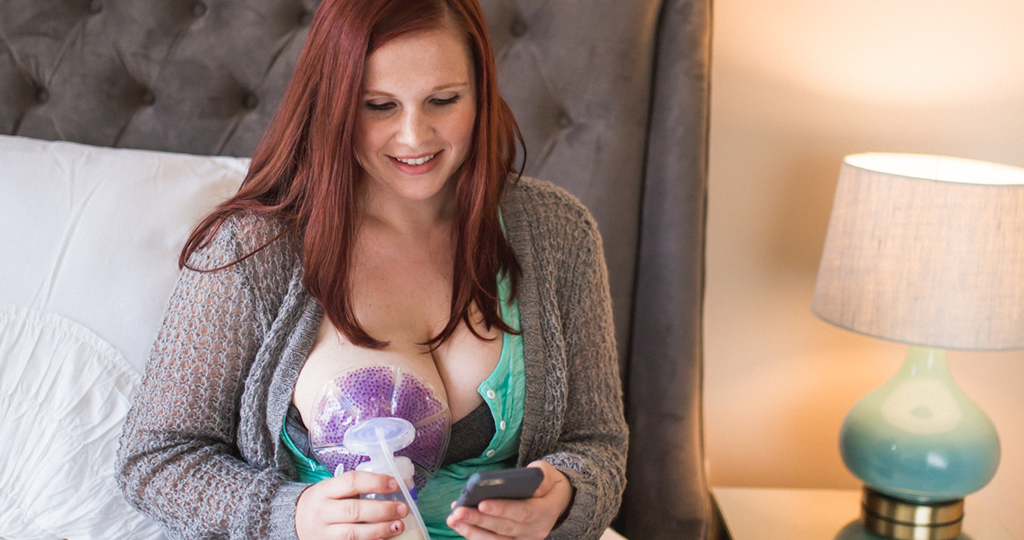The Ultimate Guide to Breast Pumps

There are a number of key points during your pregnancy and beyond where you’ll consider if and why you might want to use a breast pump. It could be because you know that you’re baby is going to be born earlier than 40 weeks and you want to be able to express your milk if they need extra health support or it could be because you’re planning to go back to work and want to build a stash of milk in the freezer before you go. Whatever your reason, you’ll have a number of considerations to make as you navigate which breast pump might be best for you.

The first decision you’ll need to make when choosing a breast pump is whether to buy a hand operated manual breast pump or one which is powered by electric/a battery. You will need to consider where you will be expressing, how much time you’ll have to express, how often you’ll be expressing and how long you will need to use the pump.
Manual breast pumps are good for mums who are going to express occasionally or on the move. They’re light and compact so you can take them with you to express if you feel engorged while out without baby and you don’t need to worry about finding a plug socket or the noise it will make while expressing. It may initially take some time to master the best rhythm for you and they tend to work better when breasts are full rather than soft but many mums like the ease of a manual breast pump.
An electric breast pump like our Single Electric Breast Pump or 2-in-1 Double Electric Breast Pump may be the preferred option if you plan to express regularly, you have a baby in special care or you’re returning to work. Often quicker than manual pumps, electric breast pumps also have suction and cycle levels that you can use to imitate the way your baby suckles at the breast. Electric pumps also allow you to express away from a mains source as they can work with batteries as an alternative power supply.
When it comes to choosing which type of electric breast pump, a double electric breast pump allows you to express from both breasts at the same time which is advantageous if you’re short on time or exclusively expressing breast milk (please note: it is recommended that you consult a healthcare professional before exclusively expressing). A single pump on the other hand may be preferred if you are looking to express any oversupply from one breast while breastfeeding from the other.
Learn more about selecting a breast pump.

Before each use you should always wash your hands thoroughly with soap and water before handling your breast pump and its components. The breast pumps come assembled so you will need to disassemble the pump to clean and set aside any elements that do not need to be washed or sterilised (like the tubing for the Single Electric Breast Pump and 2-in-1 Double Electric Breast Pump). When sterilising for the first time it is recommended to boil relevant parts (following advice given in manufacturers guidelines) for 10 minutes using enough water to keep parts afloat while boiling. You will need to remove all parts immediately after boiling to completely air dry before assembly.
You will need to ensure that all parts are dry before first use as partially dried parts may affect the operation of the pump.
Visit our to download the instruction manuals in full.


It is best to be seated while expressing and you should try and be seated in a position that allows you to be both relaxed and upright. It can sometimes help for you to look at a picture of your baby while you express as this can encourage the release of a hormone that encourages your body to produce breastmilk. You should also have water to hand as it is as important to stay hydrated while expressing.
Dependent on the type of pump you are using, you will select the appropriate settings and suction levels suited to supporting your let down or build up a rhythm to encourage the expression of your breastmilk. In the first few uses you might find that you don’t express a large amount of milk – this is normal as while the pumps imitiate the way your baby suckles at the breast, it is slightly different so can take a little while for your breasts to get used to. If you are looking to support your let down, you could use a hot compress, such as our Thera°Pearl® 3-in-1 Breast Therapy or express after a warm shower.
You may also find that there are certain times of the day where you produce more breastmilk and utilise those periods to build your breastmilk supply.


When you are preparing to express you will also need to consider how you are going to capture and store your breastmilk. You may choose to express into a bottle and either keep it in a bottle if you are planning to use the milk within a short time period or you might decant it into a milk storage bag. Alternatively, you might choose to express directly into a milk storage bag if the manufacturers guidelines highlight that the bag is suitable for this use.
The time in which milk can be stored varies between the location – you can store breastmilk at room temperature for 4-6 hours (15°C – 29°C, 60-85° Fahrenheit), for 3 days in the fridge or for up to 6 months in the freezer.
Storing breast milk in small quantities will help to avoid waste. If you’re freezing it, make sure you label and date it first.
Thawing and warming guidelines will vary dependent on whether you have breastmilk stored in a bottle or milk storage bag so it’s always best to follow manufacturer guidelines. Read more about storing breastmilk at home and at work.

After you have sterilised your pump prior to the first use it is personal choice as to whether you continue to sterilise the relevant parts or whether you clean them by washing in hot soapy water either by hand or in the dishwasher. Do not use solvents or abrasives when cleaning the pump parts and always rinse with hot water.
If you choose to sterilise after each use you can sterilise by any method including cold water sterilisation but be aware that some parts are not suitable for microwave sterilisation.
As stated in the instruction for using the pump for the first time, always ensure that all parts are completely dry before use and never wash or sterilise the tubing or tubing connector (where included in the pump set).
Please be aware that when cleaning fragile parts of the pump that it may affect the suction of the pump if they are damaged.

